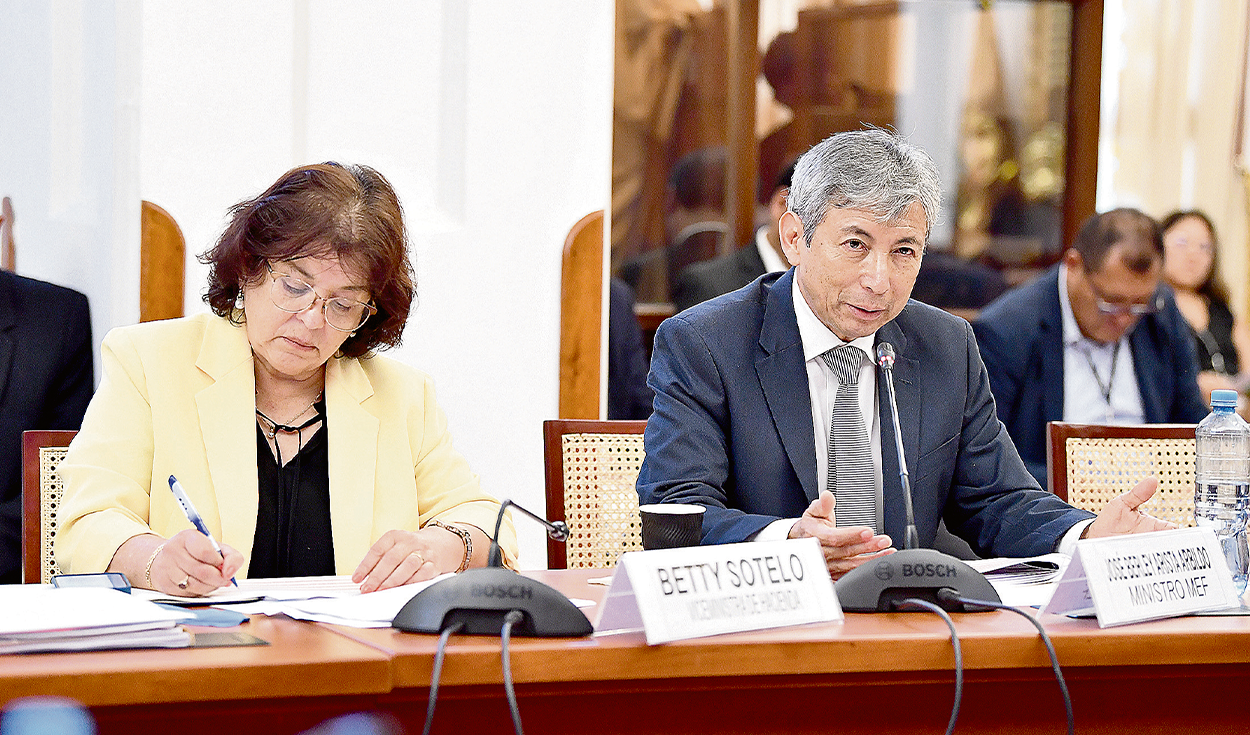
One after another. On April 25, Standard & Poor’s Global Ratings lowered Peru’s credit rating, citing political disarray as discouraging investment. Hours later, Fitch Ratings added a negative weight to the outlook due to the high level of political uncertainty and the deterioration of our governance.
However, for the Minister of Economy and Finance, José Arista—despite highlighting on his social networks the macroeconomic stability recognized by the rating agency—it was not a surprise that they assigned us a negative outlook. For him, this would be explained beyond the current scenario, it is a political crisis that has been dragging on for several years and that today is rooted.
In that sense, he affirms that by not having representation in Congress, “the Government is a weak Government” and that therefore it has not been possible to reverse the spiral in which we are.
On the other hand, he points out that we do not have a surplus in the Peruvian economy. This, after having announced – less than two weeks ago – that the MEF would not reach its fiscal goal of 2% for the second consecutive year, since more resources would be needed than those projected at the beginning of the year to achieve the objectives set.
This is how a fiscal deficit of 2.9% is planned, anticipated by the Peruvian Institute of Economics (IPE), which in the best of cases could be reduced to 2.3%.
For his part, Luis Alberto Arias, former head of the Sunat and former director of the Banco de la Nación, asked not to confuse public opinion and clarified in his X account that “the MEF is not asked for fiscal surpluses, what is asked of it is that it complies with the fiscal rule.” Along these lines, he drew attention to the non-compliance, despite a situation with copper at US$4.50 per pound or with gold at US$2,300 per ounce. Likewise, Juan Carlos Odar, economist and director of Phase Consultores, pointed out that with the recognition of the fiscal deficit, the lack of observation of AFP withdrawals and new transfers to subnational governments that amount to S/500 million, it is very likely that the favorable jump in expectations in March has been temporary.
They amend the plan
Hours after the minister’s statements in RPP, President Dina Boluarte assured that, despite the “political noise”, her Government “is not weak.”
“I don’t have a bench in Congress, but I have great friends on the benches. We are not a weak Government, we are one that is building. We are a solid and strong Government, despite the political noise,” the president stressed in an activity held at the Government Palace.
Data
Standard & Poor’s downgraded the credit rating of six banks, following Peru’s downgrade. The risk rating agency lowered the credit rating of Credicorp, BCP, Mibanco, Scotiabank Perú, BBVA Perú and IFS.
Arista commented that the Reactiva Perú program, despite having a space of S/15,000 million, has only had a demand of S/8,000 million. “Since there is no greater demand, more lines of credit are not being activated.”
Source: Larepublica
Alia is a professional author and journalist, working at 247 news agency. She writes on various topics from economy news to general interest pieces, providing readers with relevant and informative content. With years of experience, she brings a unique perspective and in-depth analysis to her work.












